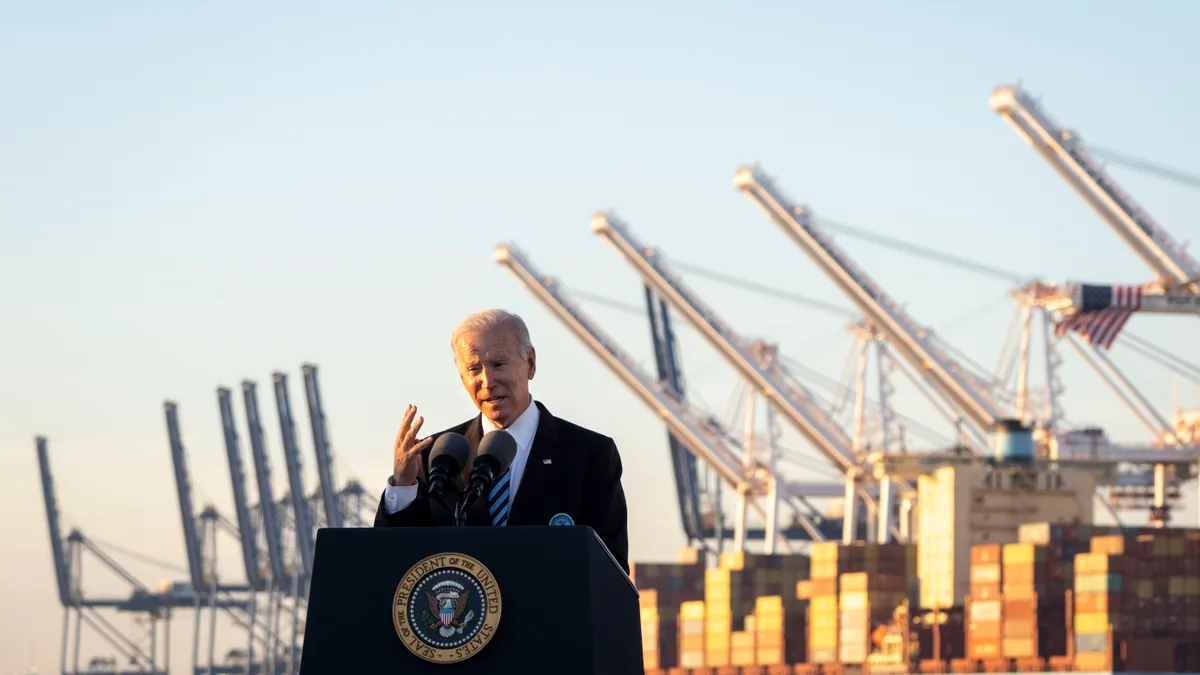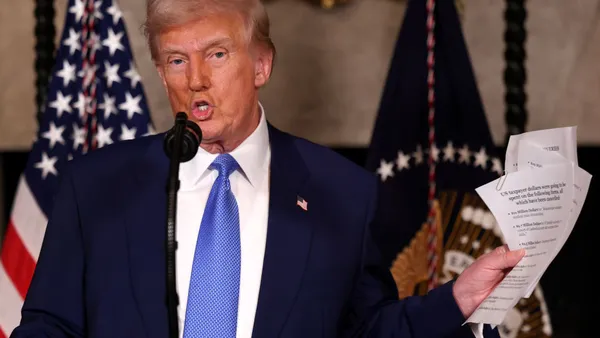General counsel will need to have a hard conversation with their company leadership over a federal law that took effect this week restricting imports that come through the Xinjiang region of China because of what western governments have called the use of enslaved Uyghur Muslims and other ethnic minorities by companies there.
We are “committed to ending the abhorrent practice of forced labor,” Alejandro Mayorkas, the secretary of homeland security, said in a statement on Friday.
The Uyghur Forced Labor Prevention Act is expected to exacerbate already strained supply chains because 10% of companies globally that do any kind of manufacturing touch the Xinjiang region in some ways, according to estimates.
“The public is not prepared for what’s going to happen,” Alan Bersin, former commissioner of U.S. Customs and Border Protection and executive chairman of supply chain technology company Altana AI, told The New York Times. “The impact of this on the global economy, and on the U.S. economy, is measured in the many billions of dollars, not in the millions of dollars.”
Manufacturing hub
By some estimates, the Xinjiang region provides 20% of the world’s supply of cotton, 25% of its tomato paste, 15% of hops, 10% of walnuts, and 9% of beryllium, a metal used in electronics. It’s also one of the largest producers of solar panels and provides about 40% of the world’s polysilicon, a material in photovoltaic cells. The world’s largest wind turbine manufacturer is in the region as well.
The law could create a compliance nightmare for companies because it puts the onus on them to show any goods they import from the region don’t come from a company, either directly or indirectly, that uses forced labor.
For a company whose products involve complex supply chains, it’s possible to have primary suppliers who have nothing to do with the region or forced-labor companies but work with suppliers who do.
In its report, The New York Times looked at McKinsey & Company data that shows the challenge car manufacturers face, because they procure thousands of components through an average of 250 direct suppliers that in turn can have exposure to some 18,000 lower-tier suppliers, many of which could touch on forced-labor companies in some way.
“This is not like a ‘picking needles out of a haystack’ problem,” Altana AI CEO Evan Smith told the Times. “This is touching a meaningful percentage of all of the world’s everyday goods.”
Compliance challenge
The law presumes anything coming from the region uses forced labor, so for companies whose imports from the area are detained at the border, they have a month to show with “clear and convincing evidence” what they’re bringing in are from companies that are not implicated in the banned practices. If they can’t show that, the goods face federal seizure.
Not only will companies have to trace the origins of the material, but they’ll have to do it without the likely cooperation of the Chinese government, which controls access to the region and disputes the contention that companies are using forced labor.
It’s not clear how quickly enforcement will ramp up. U.S. Customs and Border Protection has used $5.6 million to hire 65 people to enforce the law and has set aside another $10 million to cover related costs. And next year the administration is seeking $70 million for the program, according to a memo by John Foote, a partner in the international trade and practice group at Kelley Drye and Warren, reported in the Times.
“It remains very difficult for how stringently this law is going to be applied,” said Constantine Limberakis, senior director at supply-chain management company riskmethods, in a Supply Chain Now webcast.
Once enforcement ramps up, though, it will be a challenge for companies that don’t move their supply chains out of the area.
“There is almost no company in the United States currently truly prepared for this type of enforcement,” Foote said in his memo.











